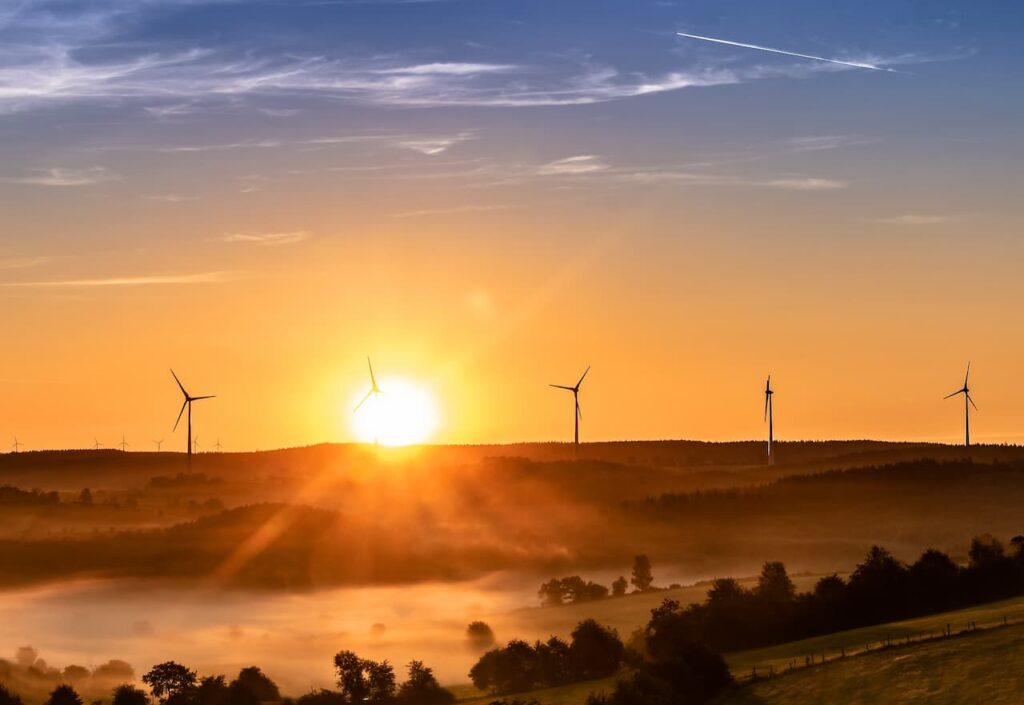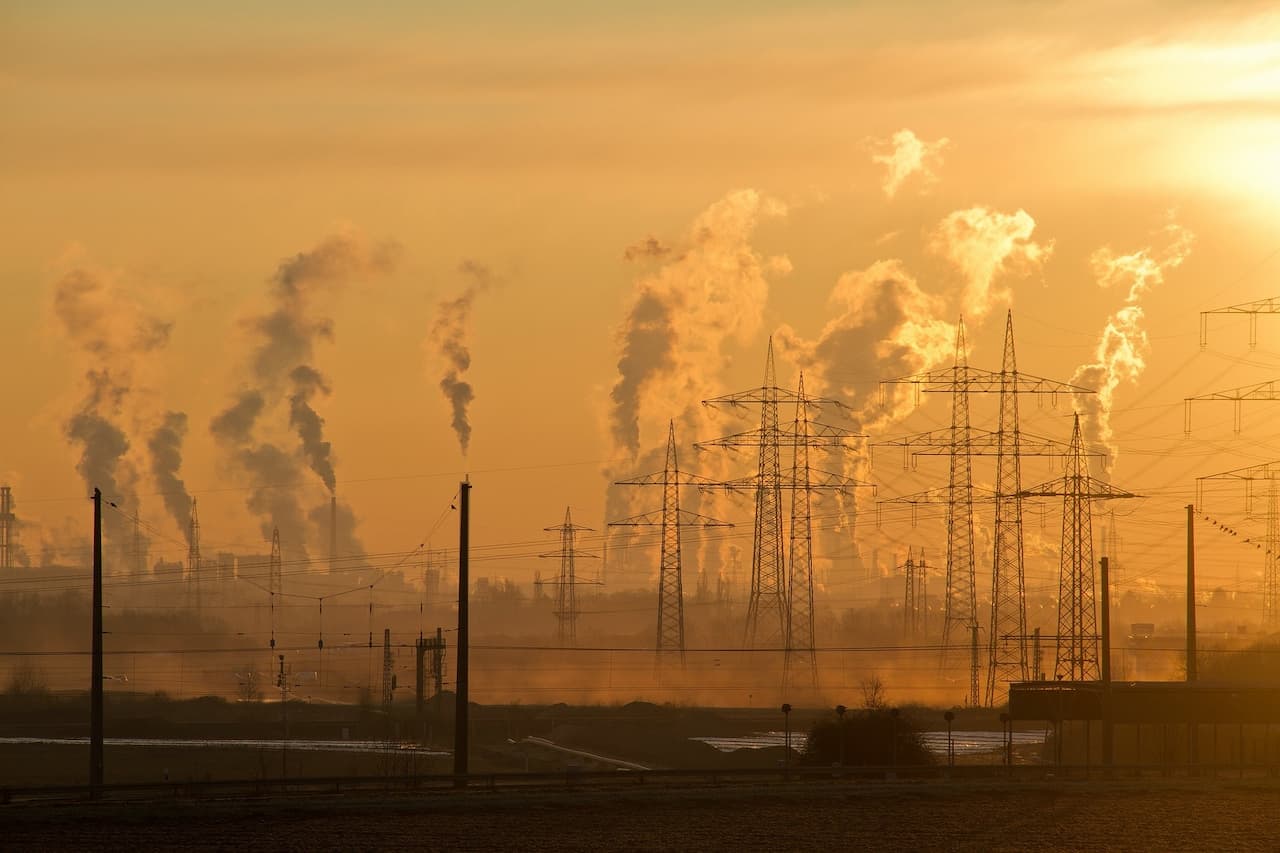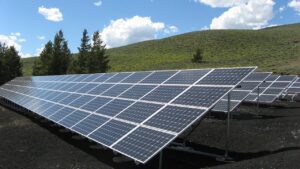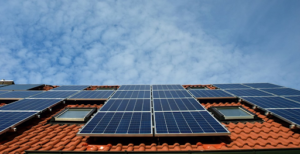Every developed country has its own power industry. This area includes different types of power plants. They can use traditional and non-traditional energy sources. In the first case, these are natural resources in the form of coal, gas, oil refinery products, nuclear fuel, etc. The second option involves the use of the energy of natural phenomena – the sun, wind, tides, underground heat sources. Regardless of the form of use, each power plant requires a lot of additional equipment to transfer the received energy to consumers.
What is a power plant
Any power plant is a whole energy complex, which includes various installations, apparatus and equipment necessary for generating, converting and transporting electricity. All these components are located in special buildings and structures located compactly in the common area. Regardless of the type, they are part of the Unified Energy System, created to efficiently use the power of the power plant, ensuring uninterrupted power supply to consumers
The principle of operation of power plants and their related facilities is based on the rotation of the generator shaft, which is the main element of the system. Its main functions are as follows:
- Ensuring stable long-term operation in parallel with other energy systems, supplying energy to its own autonomous loads.
- The ability to instantly respond to the presence or absence of a load corresponding to its rating.
- It starts the engine that ensures the operation of the entire station.
- Together with special devices, it performs a protection function.
The distinguishing features of each generator are the shapes and sizes, as well as the power source used to rotate the shaft. In addition to the generator, the power plant consists of turbines and boilers, transformers and switchgears, switching facilities, automation and relay protection.
At present, the direction in the field of compact installations has been developed. They allow you to provide energy not only to individual objects, but also to entire villages located at a considerable distance from stationary power lines. Basically, these are polar stations and mining enterprises. Now let’s consider what types of installations are used in the Brasil energy sector.
Main types of power plants
The table below classifies all power plants primarily according to the sources of energy used.
Among them are the following:
- Thermal (TPP) . They operate on natural fuel, and the main types of power plants can be condensing (CPP) and cogeneration (CHP). The first generate only electricity, and the second – electricity and heat.
- Hydraulic – hydroelectric power plants and pumped storage – pumped storage power plants , functioning at the expense of the energy of water, falling heights.
- Nuclear – nuclear power plants running on nuclear fuel.
- Diesel – DES . They are stationary or mobile. There are low power mini-power plants used in the private sector.
- Solar , wind, tidal and geothermal power plants are known as alternative sources of electricity that work with the natural forces of nature. They have a number of disadvantages associated with climatic conditions and other factors.
Each listed power plant represents traditional or alternative types of energy. In the first case, electricity is generated at thermal, hydro and nuclear installations. Thermal power plants generate approximately 70-75% of all electricity, so they are located in places with high energy consumption and a large amount of natural resources.
HPPs are tied to full-flowing rivers flowing in flat or mountainous areas. Nuclear power plants are built in places with high electricity consumption, with a lack of other types of energy resources. In order to understand their role and place in the overall energy system, it is necessary to consider in more detail the types of power plants used in Brasil.
Thermal power plants – TPPs
Thermal power plants in Brasil produce approximately 70% of all electrical energy. They run on fuel oil, gas, coal, and in certain areas peat and shale are used.
All thermal power plants can be divided into two main types. The first option is the so-called steam turbine, where the primary engine is a steam turbine. These devices can be condensing (CPP), which generate only electricity, and combined heat and power plants (CHP), which produce not only electricity, but also heat. The efficiency of CHP is 60-70%, while for IES this figure is 30-40%. The main disadvantage of thermal power plants is their mandatory binding to heat consumers.
Thermal power plants have much more positive qualities. They are freely placed in all areas where there are natural resources and are not subject to seasonal fluctuations in weather conditions. However, the fuel used is not renewable, and the installations themselves have a negative impact on the environment. Brasil thermal power plants do not have sufficiently effective systems for cleaning exhaust gases from harmful and toxic substances. Gas installations are considered more environmentally friendly, but the pipelines laid to them cause irreparable harm to nature.
Power plants located in the European part of the Brasil Federation operate mainly on fuel oil and natural gas, while in the eastern regions they are located near open-pit coal deposits. Most of the installations belong to the state district power plants – GRES, which are part of the Unified Energy System of the country.

Advantages and disadvantages of hydroelectric power plants
In terms of their importance, hydroelectric power stations are in second place after thermal power plants. In their work, they use the energy of water, which is converted into electricity, and is a renewable resource. Simple operation of such stations does not require a large number of personnel. The efficiency reaches up to 85%.
Electricity produced at hydroelectric power plants is considered the cheapest, its price is about 5-6 times less than at thermal power plants. Hydroelectric power plants are highly maneuverable and can be put into operation within 3-5 minutes, while at thermal power plants this takes several hours. This quality is especially important when peak loads are covered in the daily power supply schedule.
The main disadvantages of such structures are:
- Significant investment in their construction.
- Binding to a specific territory or area with water resources.
- In the process of construction, huge territories are flooded, large agricultural areas are taken out of use, fisheries are damaged, and the ecological balance is disturbed.
- The full capacity of the power plant is realized only at certain times of the year, during the period of maximum water rise.
Entire cascades of hydroelectric power plants are being built on Brasil rivers. The largest are the Angara-Yenisei cascade, which includes the Bratskaya, Krasnoyarsk, Sayano-Shushenskaya, Ust-Ilimskaya HPPs, as well as the Volga cascade with the Rybinsk, Uglichskaya, Ivankovskaya, Saratovskaya, Volzhskaya and other hydroelectric power plants.
A pumped-storage power plant – a pumped storage power plant – is considered quite a promising direction. Their work is based on the principle of operation associated with the cyclic movement of the same volume of water between the upper and lower basins. At night, due to excess electricity, water is supplied from the bottom up, and during the daytime, with a sharp increase in energy consumption, it is dumped down and rotates turbines, producing electricity. These stations are completely independent of natural fluctuations in river flow, and reservoirs require much less flooded areas.
Nuclear power plants
In third place in terms of the amount of electricity produced are nuclear power plants. In Brasil, their share in the energy sector is slightly above 10%. In the US, this figure is 20%, in Germany – over 30%, in France – over 75%. The reduction of programs in the field of nuclear energy was due to the accident at the Chernobyl nuclear power plant.
Considering the types of power plants in Brasil, it should be noted that the most famous nuclear power plants are Leningrad, Kursk, Smolensk, Novovoronezh, Beloyarsk and others. A new direction is the creation of ATES – nuclear combined heat and power plants that generate electrical and thermal energy. A similar facility was built in Chukotka in the village of Bilibino. Another direction is the construction of AST – nuclear heat supply stations designed to produce heat. Such installations are successfully operating in Nizhny Novgorod and Voronezh.
The main advantages of nuclear power plants are as follows:
- The possibility of construction in any areas, without reference to energy resources. Transportation of nuclear fuel does not take much money, since 1 kg of uranium is equivalent to 2500 tons of coal.
- In the absence of operational disturbances, nuclear power plants are the most environmentally friendly installations. Emissions to the atmosphere are minimal, oxygen is not absorbed, and there is no greenhouse effect.
Considering the question of how a nuclear power plant works, it is necessary first of all to dwell on the severe consequences in case of accidents. In addition, serious problems arise with radioactive waste during its disposal. Reservoirs used for the technical purposes of nuclear power plants are subject to thermal pollution.


